Thich Nhat Hanh‘s words were a guiding light for me at the time when I was entering the ocean of Buddha’s teachings. Buddhism is vast, both in its history and in the various traditions that have sprung around it. That’s why it’s important to find an experienced teacher to give you the lay of the land and make sure you’re enriched by your journey rather than becoming overwhelmed by it.
I was lucky enough to get to know Buddhism with the guidance of Thich Nhat Hanh’s classic book The Miracle of Mindfulness.
The Miracle of Mindfulness is a book I’d recommend anybody – interested in Buddhism or not. It’s a book more about living beautifully than it is about this spiritual teaching or that.
With the intention of spreading the wisdom and riches contained in that tiny volume (as well as possibly converting a few souls into fellow readers), here I give you 3 profound teachings I have found in The Miracle of Mindfulness.
These are not only lessons that enrich your understanding, but practical insights you can bring into your daily life.
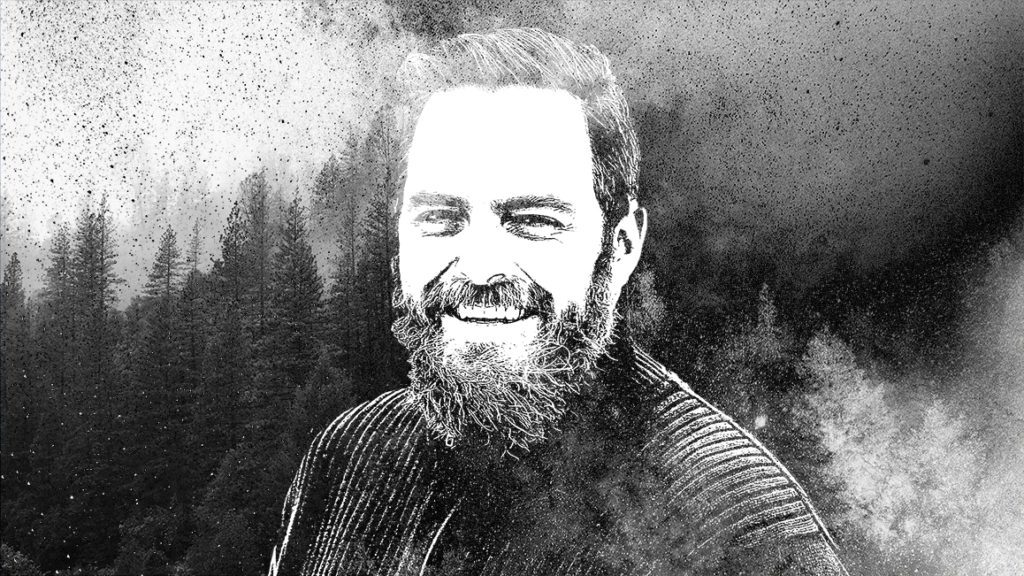
1. Breathe Yourself Away
‘Our breath is the bridge from our body to our mind, the element which reconciles our body and mind and which makes possible one-ness of body and mind […] it alone is the tool which can bring them both together, illuminating both and bringing both peace and calm.’
The Miracle of Mindfulness
Our breath is a powerful tool.
What do people do when they’re having a panic attack? Breathe. When they’re having a bad trip? Breathe. When they’re confused, angry, grieving, scared, in pain, nauseous, overwhelmed…?
Breathe.
Unfortunately, most people only notice the power of the breath in times of crisis. Most of the time breathing is something that happens to us or inside of us. Not something we are consciously doing.
But when you embrace your breath with your awareness, you suddenly discover an indispensable tool that can not only centre you in times of crisis but bring you peace, joy, and understanding. Wherever you are and whatever you’re doing.
The breath anchors the body and mind together, but it also has another powerful function. It dissolves time.
When you focus on your breath you gather the tangled threads of your consciousness – which are usually scattered backwards or forwards in time – in the present moment. You focus the diffuse light of awareness into a spotlight cast on the only object of true reality: the Now.
Once you are centered in the Now, you no longer indulge in stories in your head about who you have been (past) or hypothetical scenarios of who you will be (future).
When you are in the Now – you are. You live. You exist. Not your ego, which is a bundle of stories about you – but YOU.
At that moment, the real You shines through the egoic veil like the sun rising over a veil of clouds.
What is that real You under the ego, you wonder? Find out for yourself.
Breathe.
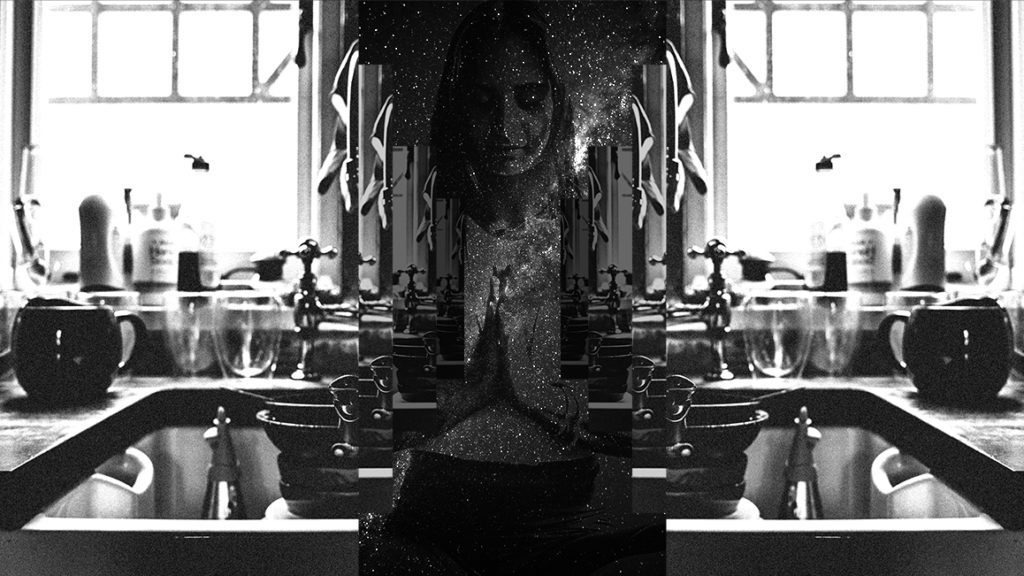
2. The World Is Your Meditation Cushion
‘While washing the dishes, you might be thinking about the tea afterwards, and so try to get them out of the way as quickly as possible in order to sit and drink tea. But that means that you are incapable of living during the time you are washing the dishes. When you are washing the dishes, washing the dishes must be the most important thing in your life.
‘Just as when you’re drinking tea, drinking tea must be the most important thing in your life. When you’re using the toilet, let that be the most important thing in your life. And so on.
‘Chopping wood is meditation. Carrying water is meditation. Be mindful 24 hours a day, not just during the one hour you may allot for formal meditation or reading scripture and reciting prayers.
‘Each act must be carried out in mindfulness. Each act is a rite, a ceremony.’
The Miracle of Mindfulness
If you meditate, don’t leave your meditation on the meditation cushion. If you pray, don’t leave your prayer in the prayer book. If you practice yoga, don’t leave your practice on the yoga mat.
Spiritual practice is unlike other forms of practice. For example, you practice the piano to become a more skilful pianist. You practice coding to become a better programmer. And you practice drawing to make better illustrations.
This sort of skill-based practice develops you in one very specific way that makes you better at one very specific task.
Spiritual practice also develops you in one very specific way, but its purpose is to imbue everything you do with a deeper sense of meaning and presence.
If anything, a practice like meditation is much more aimed at making you a better pianist, programmer, and illustrator, than it is at making you a better meditator.
A deepening of spiritual practice is about a deepening of daily life – it’s about increasing the saturation of the present moment whatever you are doing. It’s about becoming a portal through which wisdom and presence enter into the world – enriching others as you yourself are being enriched.
That’s why real spiritual practice happens outside of ‘work hours’. It happens on the go as you observe your reactions to life’s events and to people.
When you approach every moment as meditation, every thought as prayer, and every action as yoga – that’s when you’re really practicing.
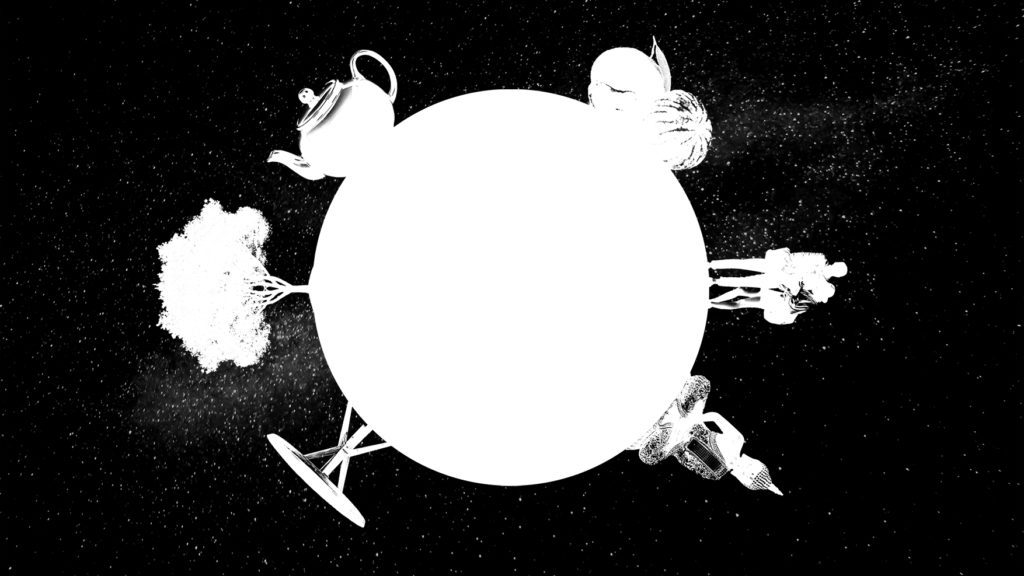
3. Everything Is One. The One Is Nothing. Nothing Is Everything.
‘The tangerine I am eating is me. The mustard greens I am planting are me. I plant with all my heart and mind. I clean this teapot with the kind of attention I would have were I giving the baby Buddha or Jesus a bath.’
The Miracle of Mindfulness
The Buddhist concept of Sunyata – emptiness – mystified me for a long time before it clicked with me. What can it mean that everything is empty of existence, empty of self?
Buddhists believe not only that everything is empty, but also that everything is contained in everything else. In other words, you who are reading these words are me who am writing them. You are also Thich Nhat Hanh whom I quoted, and you are all the things – tangerine, mustard green, and teapot – he identifies himself with.
How is this possible and what can it mean?
Thich Nhat Hanh likes to give the kitchen table as an example and I’ll do the same.
When you walk by a kitchen table and you happen to pay attention to it, what do you think?
You probably observe: ‘This is a kitchen table‘. And that’s fair enough : )
But if you remain mindful a moment longer, you might also remember the time you and your partner put the table together. Probably shouting invective at each other for not being able to follow the simple IKEA instructions.
You might then smile and notice the set of chairs both of you spent so much time choosing so they complement the oak of the table. Then that stream of thought may carry you to the image of a white-bearded Swedish carpenter who wipes sweat off his brows as he is carving out the legs of your kitchen table.
Then you might imagine the oak that became your kitchen table at a time when it was still a living tree in some lovely sylvan scenery. You imagine all the sunlight and the lifetime it took for that tree to grow. You picture all the tonnes of rainwater that nurtured it. All the birds that nested in its branches. All the bugs that gnawed its roots. All the leaves it ever grew and all the seasons it weathered…
Then your breath brings you back into the present moment and you find yourself standing in your kitchen again, looking at the kitchen table.
But you know it’s no longer your kitchen table you are looking at.
You are looking at yourself, your partner, your dining chairs, IKEA, an aging carpenter, an oak tree in some remote Swedish forest, birds, bugs, photons emitted by the Sun, rainwater that has travelled all the way from the Amazon to water an oak tree in Sweden that was on its way to becoming your kitchen table…
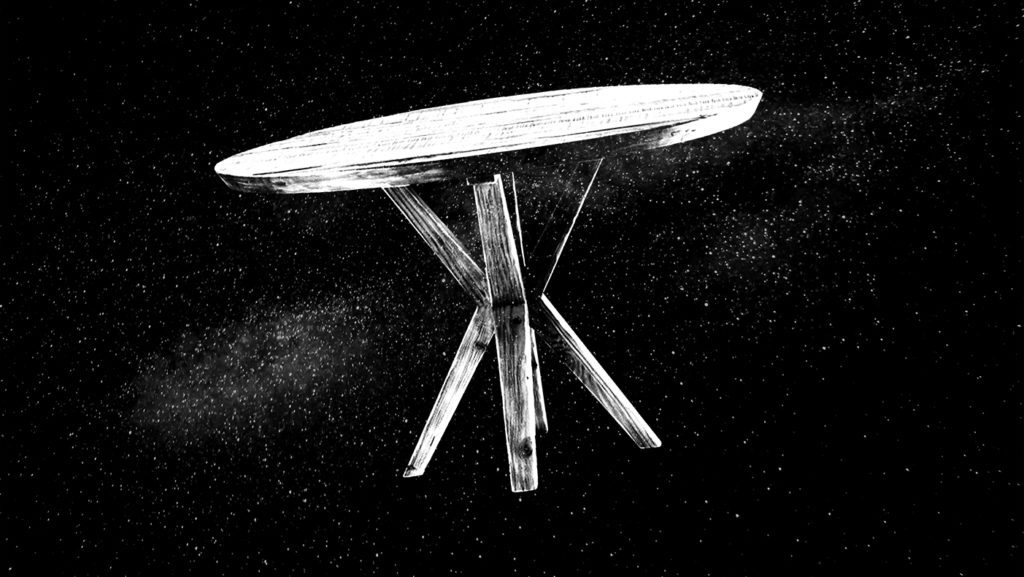
Where the kitchen table used to be, suddenly you see the whole Universe.
In Buddhism, this concept is called inter-dependence or inter-being. It simply means that everything exists because of everything else.
The negative wording of this is that nothing exists by itself – everything is empty of self. This is the concept of emptiness: Sunyata.
To somebody unfamiliar with the concept of emptiness, the word might sound cold, negative, and life-negating. But this is one of the most beautiful and life-affirming doctrines of the Buddha.
Everything is empty of itself, but it’s full of everything else!
When you eat a tangerine and you enjoy its flavour, it is your own flavour you’re enjoying. And through you, the tangerine is enjoying itself.
What people call ordinary consciousness is really thinly veiled sleepwalking. In that state, we think of ourselves as Egos, separate entities in an alien world. We see the outside world as filled with vaguely related but definitely separate objects which, though they may interact at times, have a fully independent existence.
Science has been collectively waking us up to the fact that everything we’ve been labelling as separate fields (such as cosmology, climatology, biology, and psychology) are really different ranges of the same underlying process. Of course, you don’t need science to find that out… The Buddha preached the inter-being of all things some 24 centuries ago!
This inter-being is the reason why when you are washing a teapot at the sink you are also giving a bath to the baby Buddha or Jesus. You are giving a bath to yourself in fact.
You, the teapot, the water, the sink, the baby Buddha, Jesus – are all one. Different expressions of the same primal Being experiencing itself eternally and everywhere.
This view of interconnectedness, of a universal life force that permeates the entirety of existence, a force that has no beginning and no end, a force that is the most fundamental expression of who and what ‘You’ are – Divinity incarnate – this is the doctrine of emptiness.
Emptiness full to the brim.
*
These are only some of the many profound teachings I have discovered through The Miracle of Mindfulness. If you’ve read this article all the way to here, I imagine you’ll really enjoy reading the full book.
Bonus tip: I strongly recommend reading The Heart of the Buddha’s Teaching (again by Thich Nhat Hanh) as a followup to The Miracle of Mindfulness. That book goes much deeper into the specific doctrines of Buddhism.
Feel free to give us and other seekers your best book recommendations in the comment section below!
And thanks for reading : )
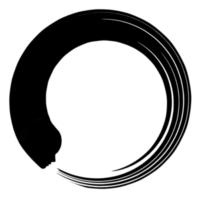
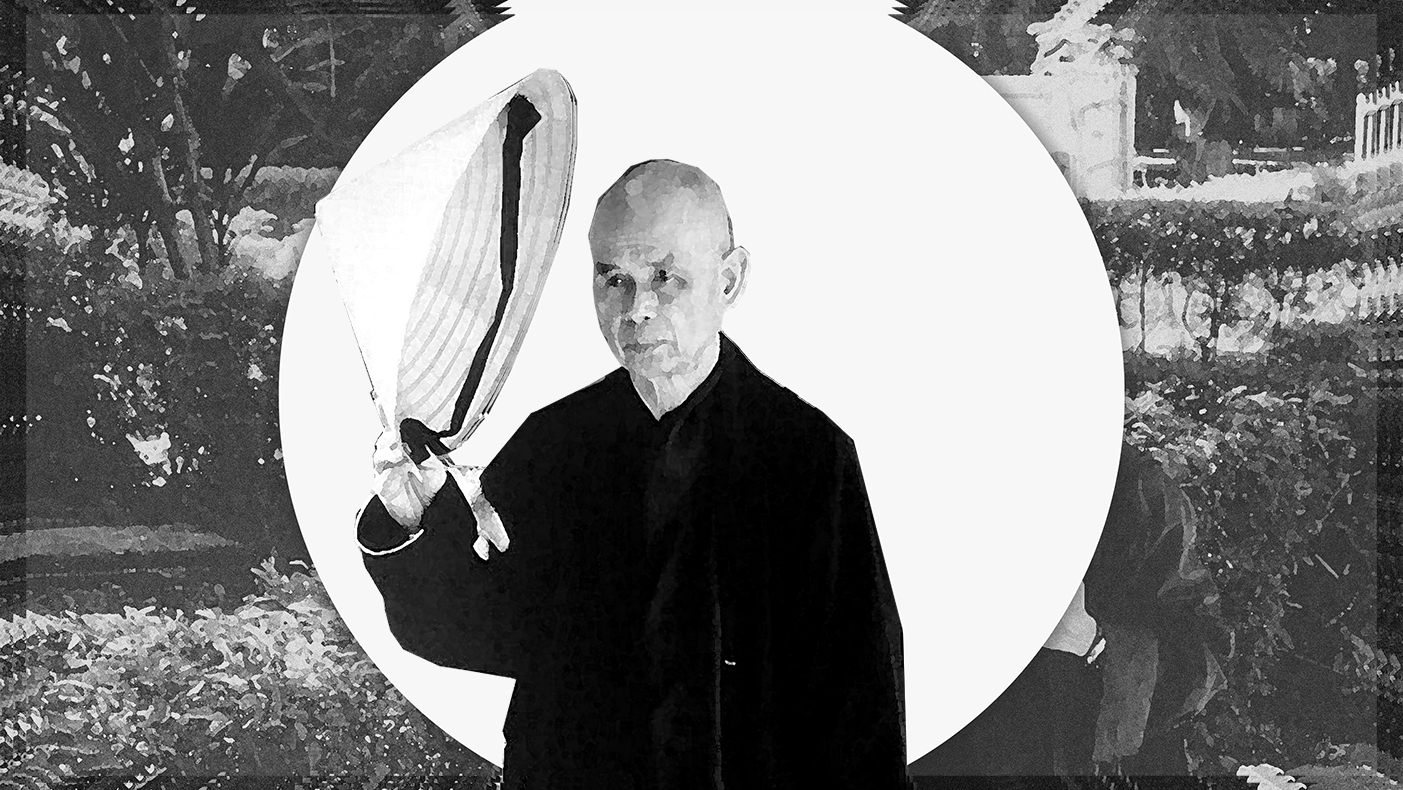
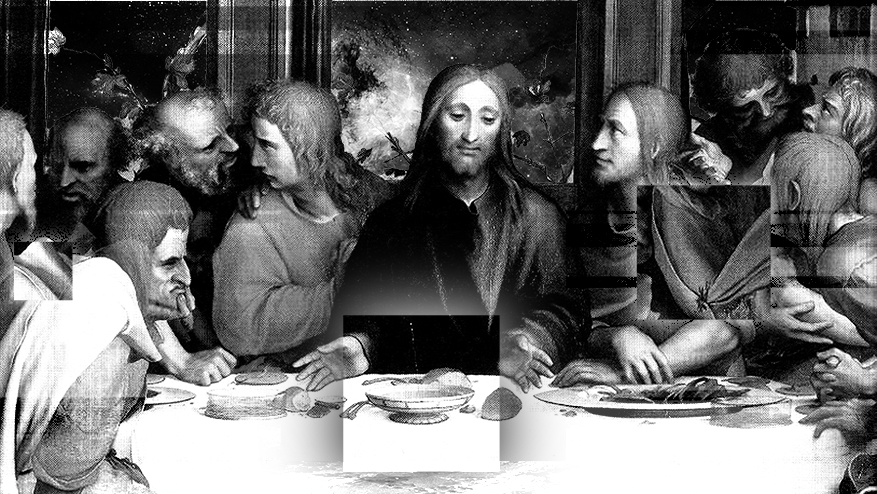
3 comments / Add your comment below